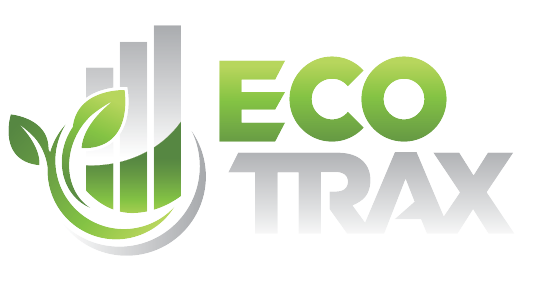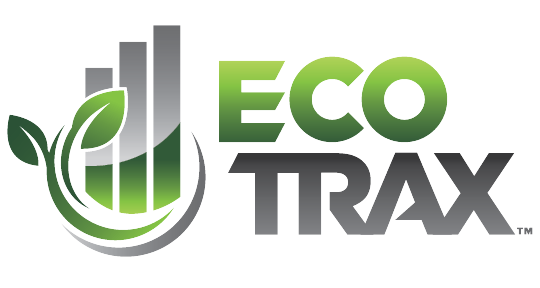Companies are under increasing pressure to reduce their environmental footprint and create more sustainable supply chains. Creating an environmentally sustainable supply chain is a complex and challenging task that requires a holistic approach to reducing the environmental impact of the entire value chain, from the use of resources and energy to the products and materials used to transport goods. The traditional supply chain model, focused solely on efficiency and cost-effectiveness, is challenged to address the pressure for greater sustainability while also serving increased consumer demand, responding to the “Amazon effect” of faster delivery expectations, and addressing the need for more robust and resilient supply chain frameworks.
Defining Supply Chain Sustainability
Supply Chain Sustainability (SCS) is a holistic approach that considers the impact of the supply chain on society, the environment, and the economy. The definition of SCS is evolving and can vary based on the goals and needs of a particular organization or industry. The key components of a sustainable supply chain include green practices, transparency, and circularity.
According to MIT’s 2022 State of Supply Chain Sustainability Report, the definition of supply chain sustainability (SCS) is malleable and easily influenced, allowing the precise definition to change over time. The specific goals and needs of an organization or industry allow for flexibility in defining and interpreting SCS.
Most sustainable supply chains have goals that include green, transparency, and circularity:
-
- Green supply chains successfully incorporate green principles and practices into their everyday supply chain management. This includes products, materials, packaging, logistics, and end-of-life.
- Transparent supply chains willingly share their supply chain practices.
- Circular supply chains dismantle products – bringing them back to their original form and allowing them to be repurposed into new products.
Technology Enables Greater Sustainability
Technological advancements in tracking and measuring technology have made it easier for supply chain managers to adopt sustainable practices. By tracking the movement of goods from manufacturer to end-user, organizations can gather data to assess the efficiency and sustainability of their logistics. This information is crucial in implementing green operations, creating safe workspaces, and reducing carbon emissions.
Armed with such valuable data, organizations are better equipped to implement practices that increase their green operations, create safer workspaces, and increase their corporate responsibility and compliance as the world inches more closely toward carbon emission reduction.
The Path to a More Sustainable Supply Chain
Becoming a sustainable supply chain requires a multi-step process that may seem overwhelming, but with the right tools and resources, it is achievable. Organizations can learn from established sustainable supply chains, seek out experts for guidance, and use programs and tools to identify opportunities for improvement. There are several programs and tools available to assist organizations in identifying opportunities for improvement while incorporating sustainable practices that modernize the supply chain and align it with national sustainability goals.
Creating a sustainable supply chain requires many steps, and knowing how or where to start can be overwhelming. If you would like to learn more about EcoTrax, and the solutions we offer to help companies on their journey toward sustainability, please contact us.


